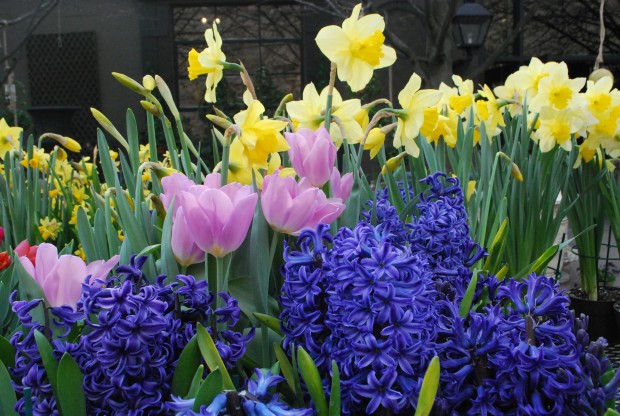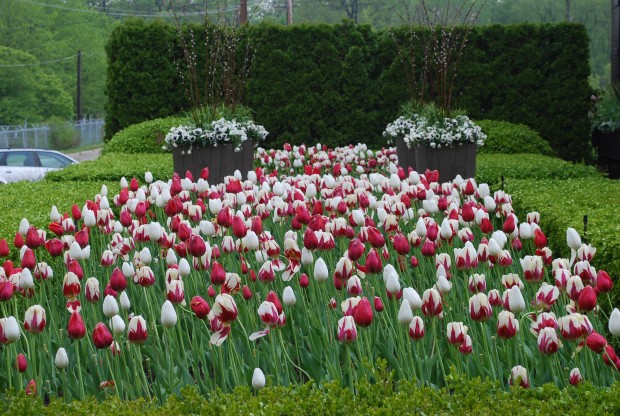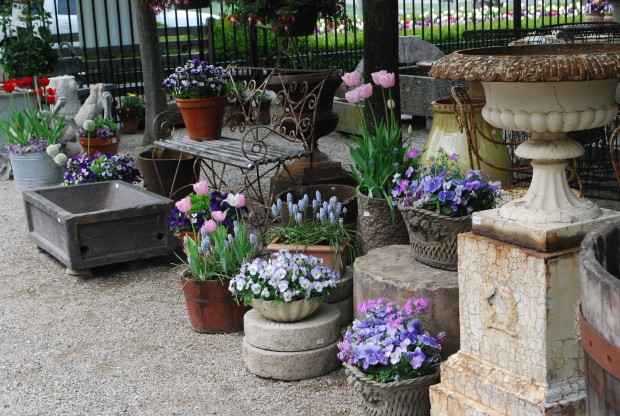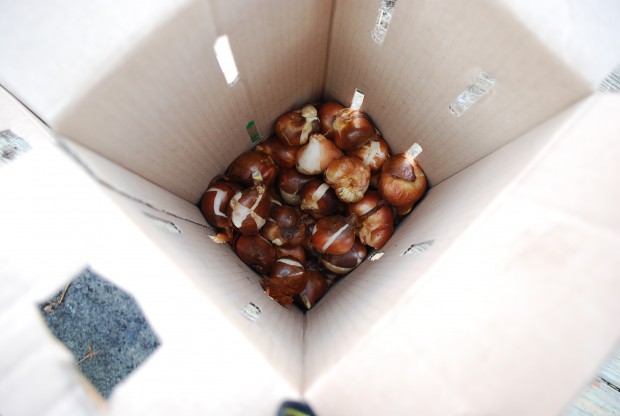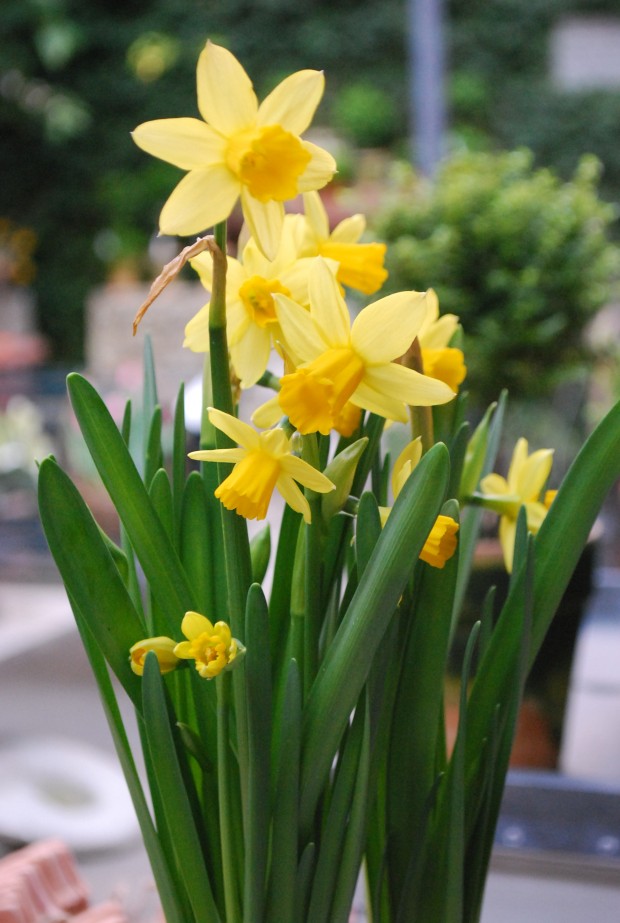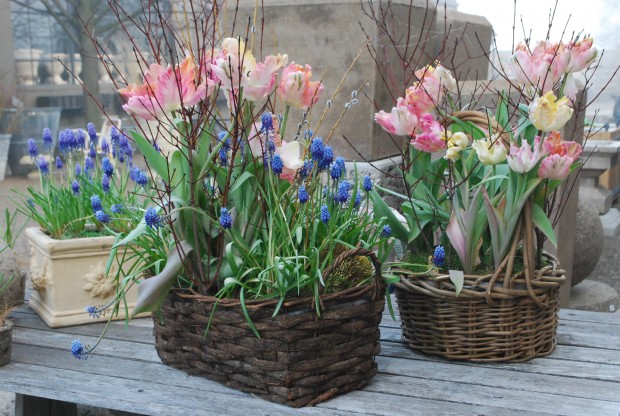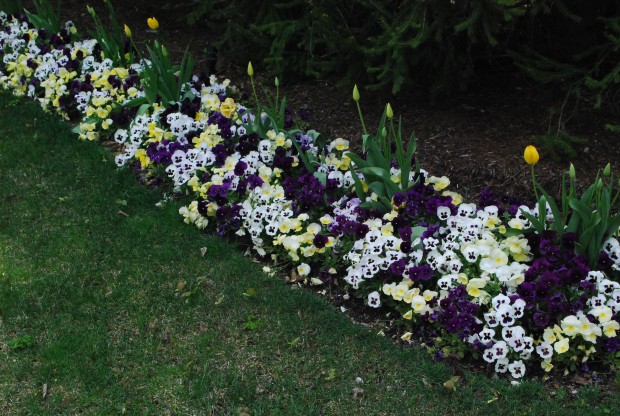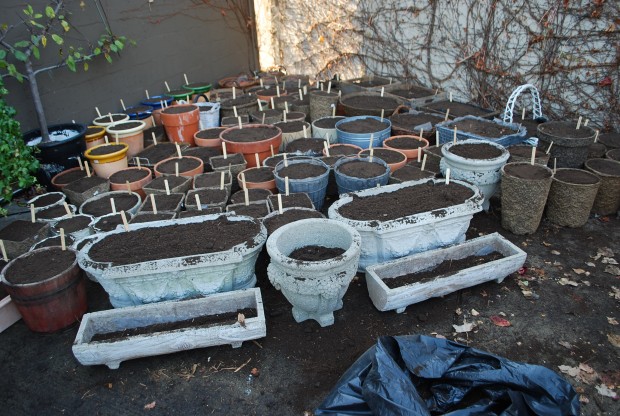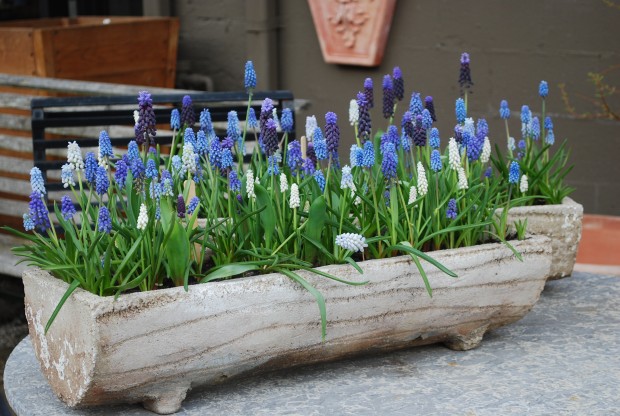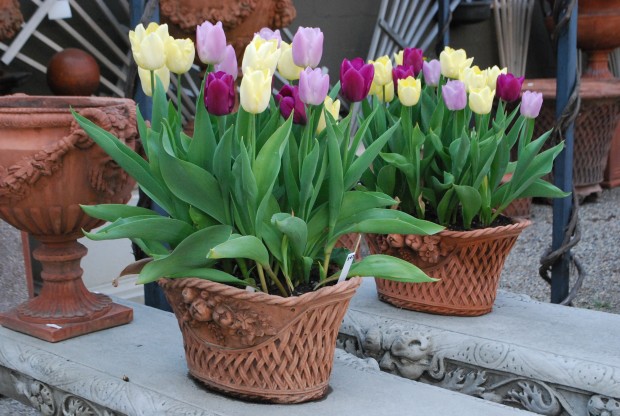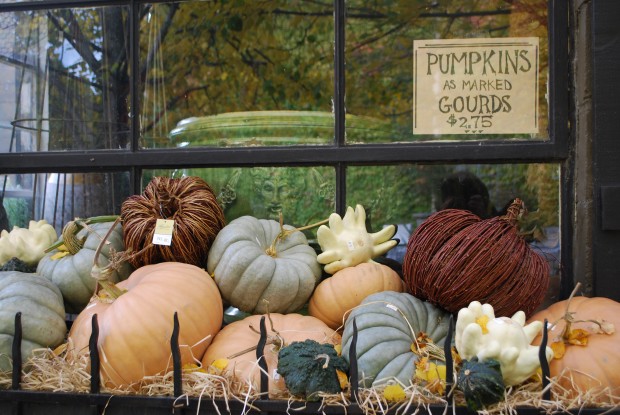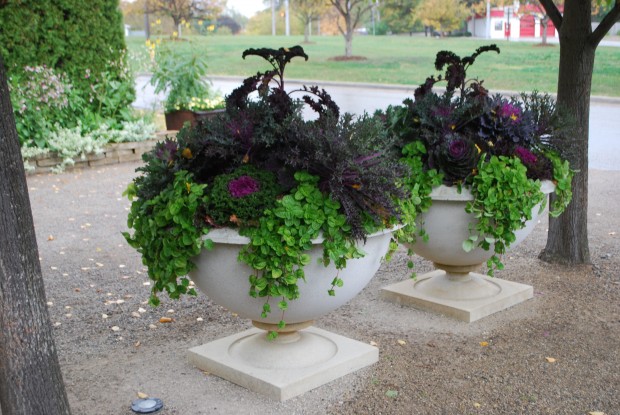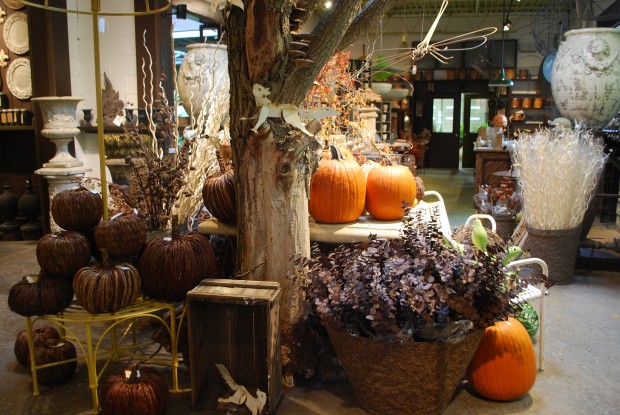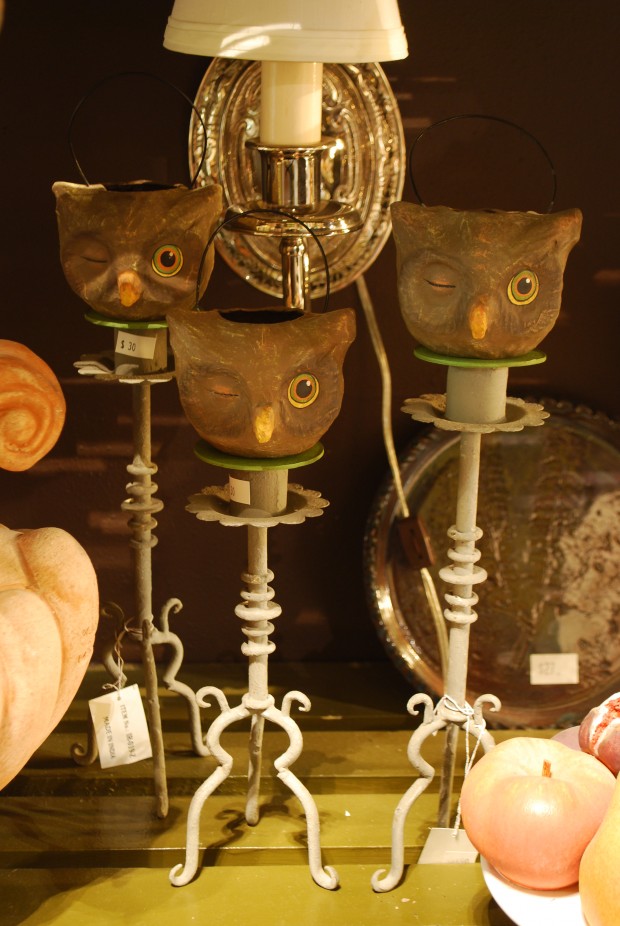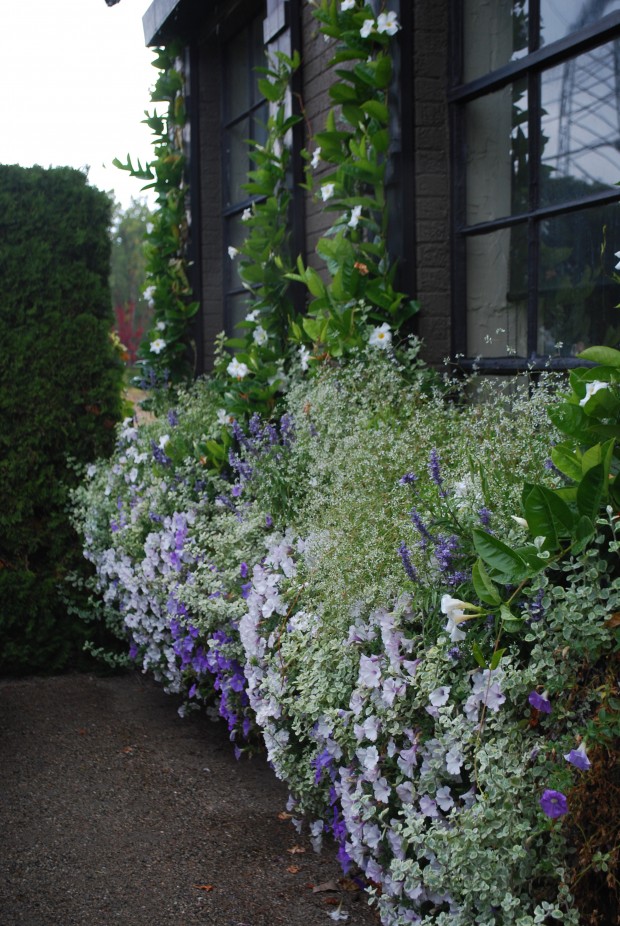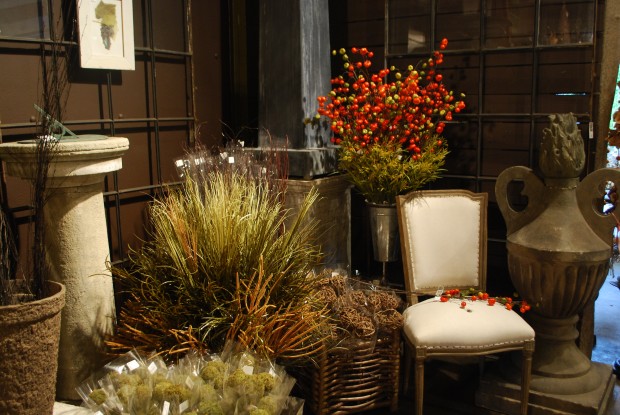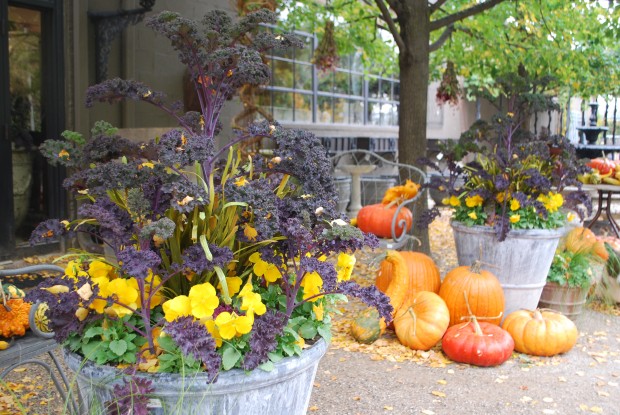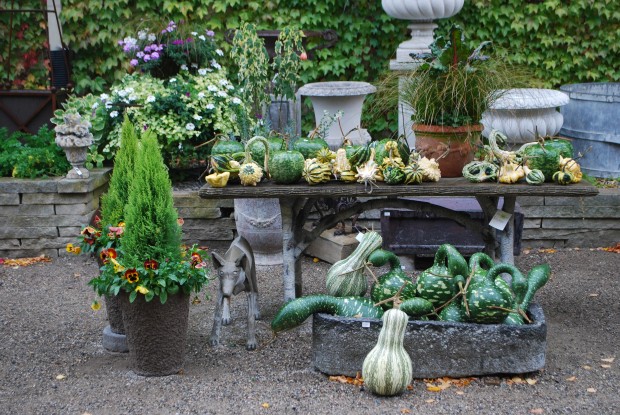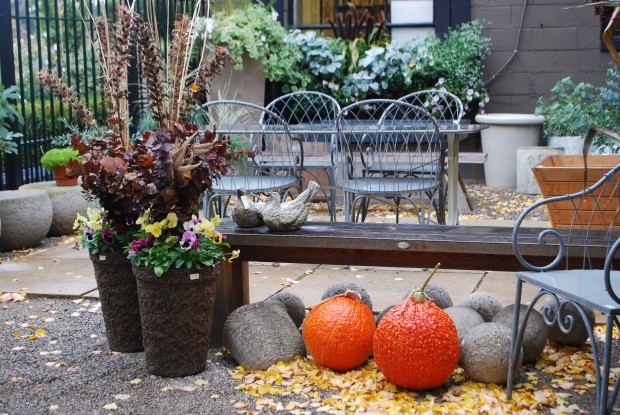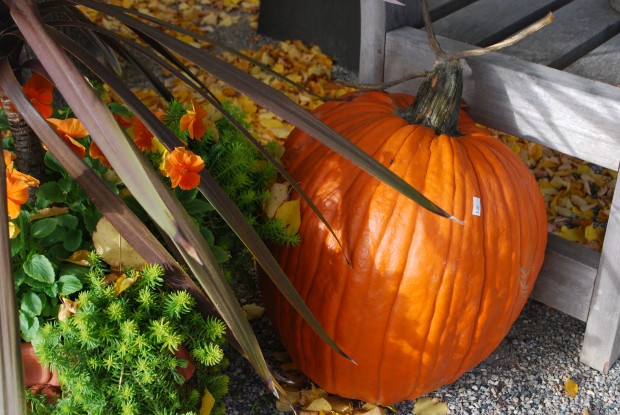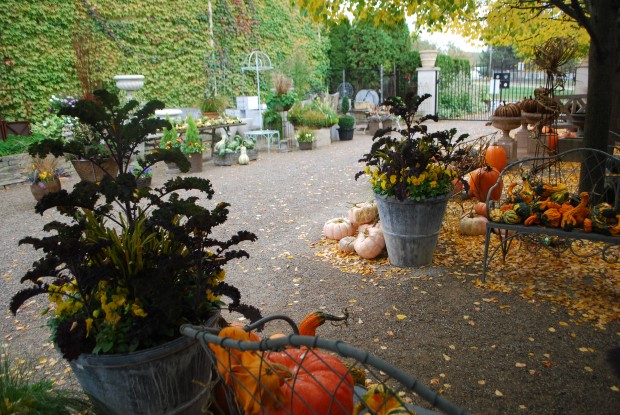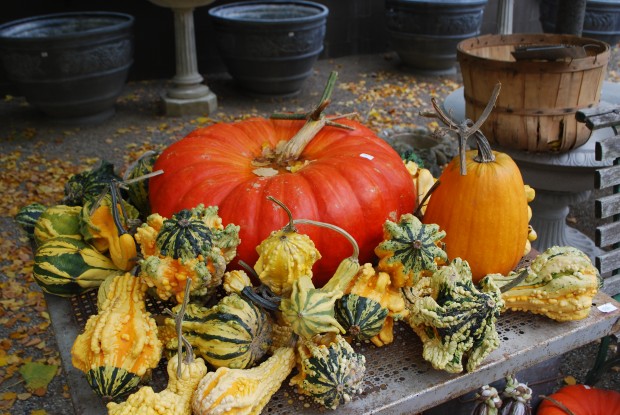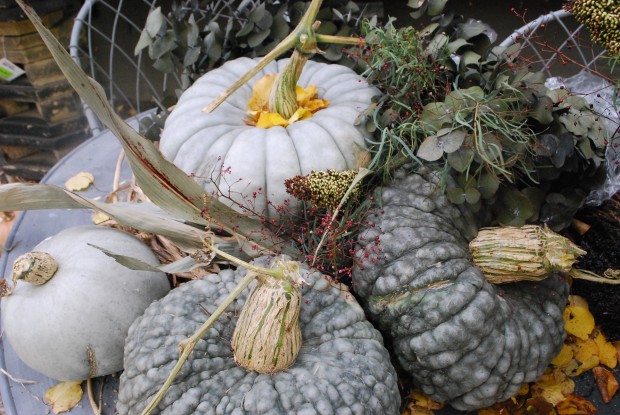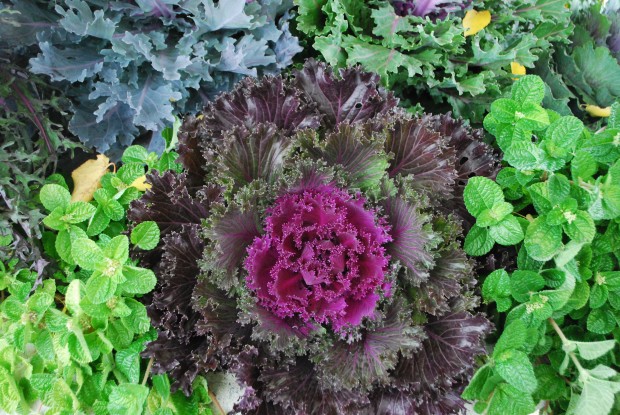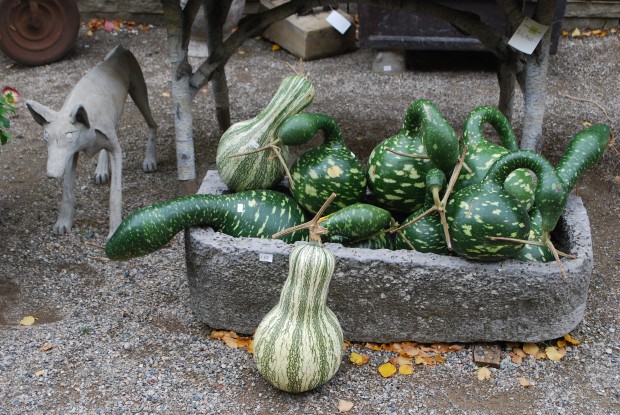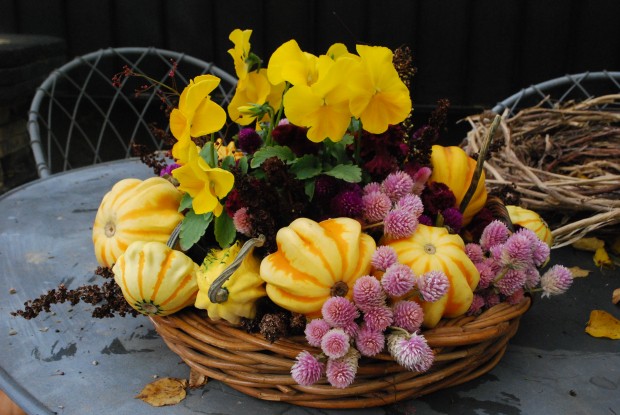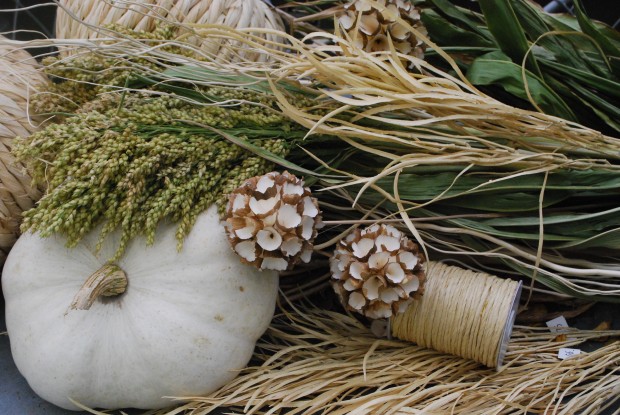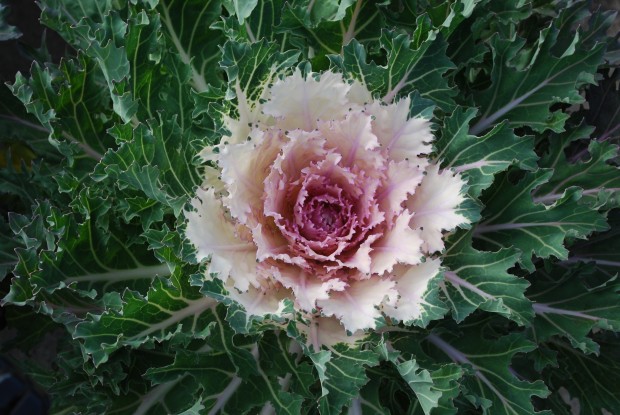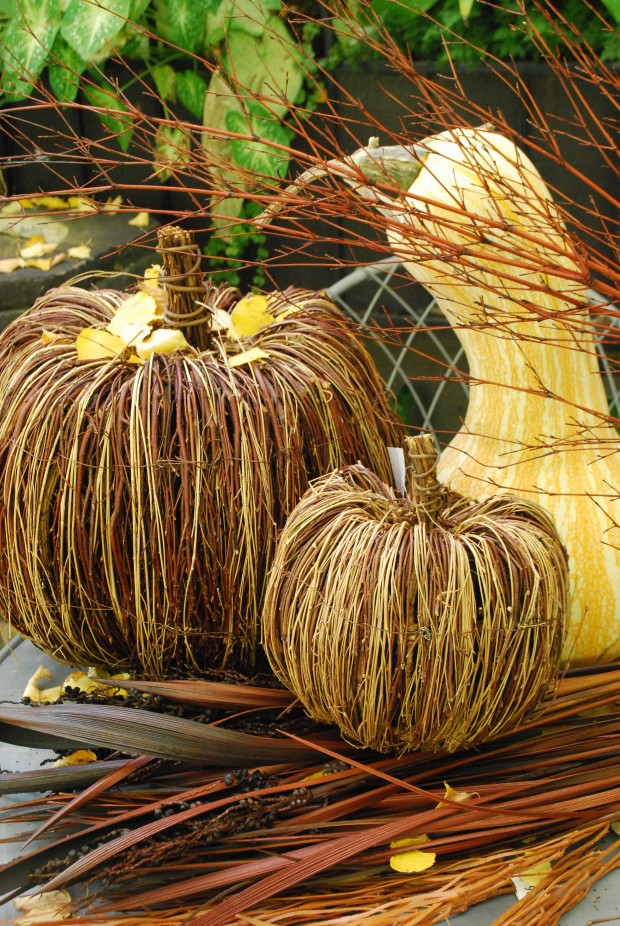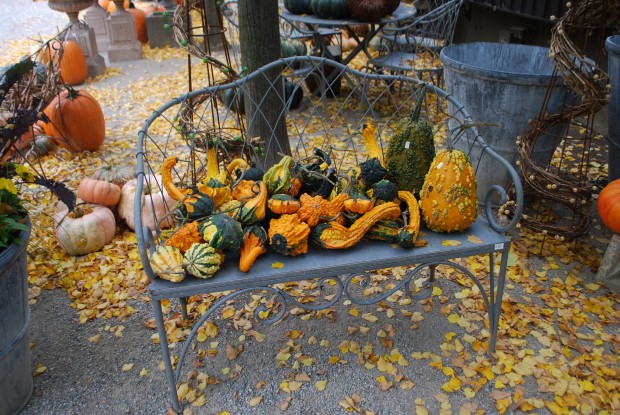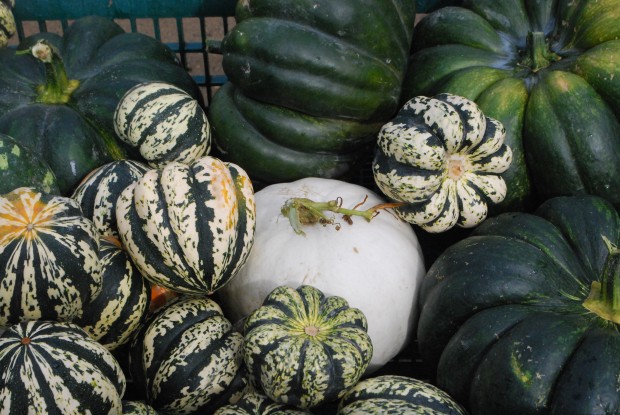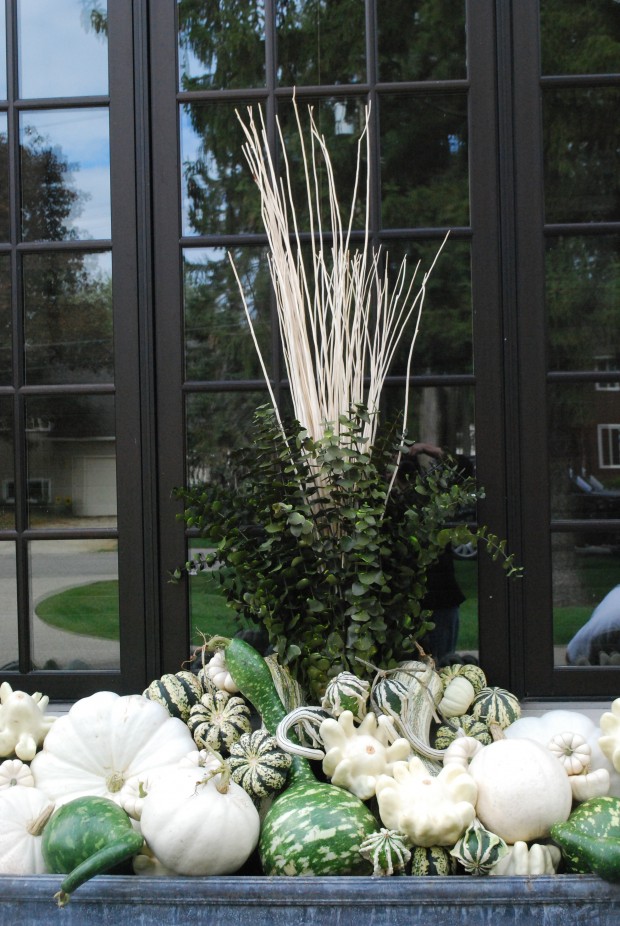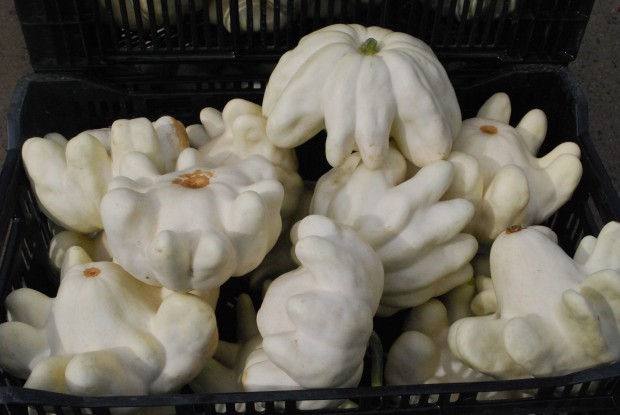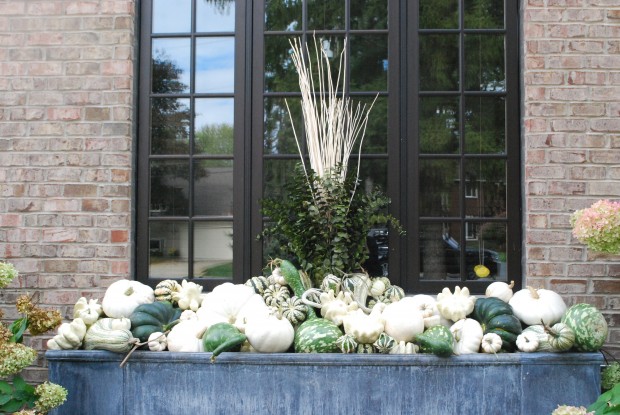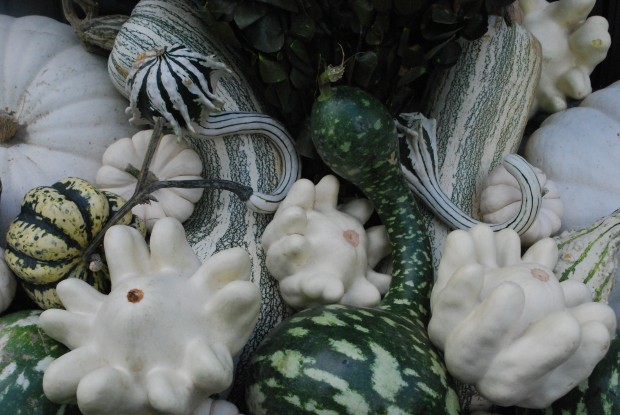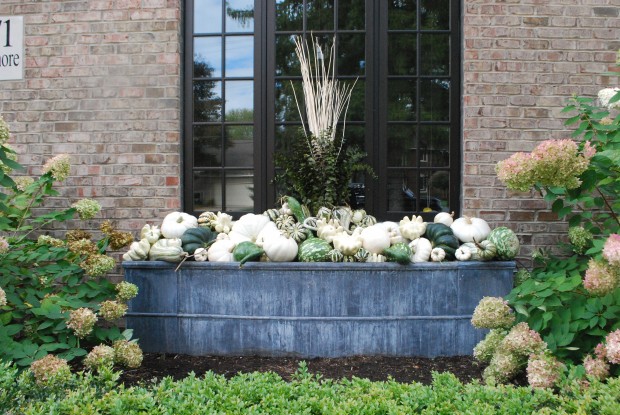The last two nights have been astonishingly cold, considering it is early October-not early November. This morning, my brown sweet potato vines were limp-the effect of too much cold, and gravity. The summer season is indeed coming to a close. Most of my pots have been cleaned out. The olive tree and rosemary have been repotted, and have been brought into the greenhouse.
The red leaved hibiscus looks much like the potato vine-all of its spirit has drained away. The summer season is coming to a close much faster than I bargained for. But I have a spring ahead, that needs my attention. The spring flowering bulbs need to be planted now, if I plan to see them begin to bloom next March.
There are lots of good reasons not to plant bulbs. The air temperature is cold-the soil temperature is wet and cold. Planting brown orbs is momumentally unsatisfying. Once placed below ground, there is nothing to show for the effort. The fruits of the efforts are months away. Do you remember where you had crocus, and where you need more? I don’t either.
Can you remember where you thought a few more alliums would be good? Me neither. Are you tired to the bone from trying to keep your garden watered in extraordinary heat that characterized this season, and irritated about the lack of rain? Can we not get some rain?
As irritating as a frustrating gardening season can be, the future requires a fresh eye. At this time of year a fresh eye takes the form of a round, brown, and plump bulb. Or in the case of anemone blanda, a brown, wrinkled and dry bulb.
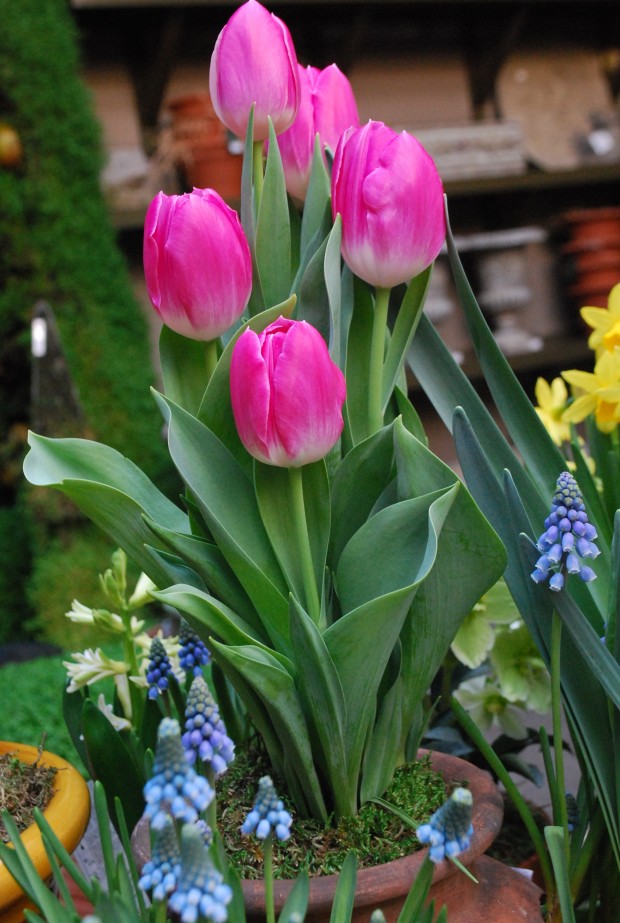
It is a miracle of nature-how a tulip and its flower and leaves are sleeping, entirely contained inside a bulb. A tulip bulb is a small, fairly round, and brown papery promise of what is to come.
Number one grade daffodil bulbs are more complex in shape-but they are just as brown and inert. Globemaster Allium bulbs are quite large, and juicy looking. Allium albopilosum-is anyone in there? I understand that when my fall bulbs arrive, they are dormant. They need planting. They need a cold period of a good many weeks. But to look at them, it is hard to imagine the life that is inside.
Spring blooming crocus are such a relief in March. They are not so expensive-it is very easy to sign up for a hundred or more. Once those 100 bulbs arrive, the thought of planting one hundred of anything seems formidable. The small package that they arrive in is easy to loose track of.
All of this said, I would be most disappointed in myself if spring arrived, with no spring flowering bulbs breaking ground. I would only have myself to blame. It would just be much better if I could break free of that image of my cold sacked potato vine, and invest in my future.
I rarely plant spring flowering bulbs in the ground. Most of what I do in ground involves crocus, hybrid trout lilies, and snow drops. Planting bulbs in pots is easy, quick-and eminently satisfying.
I am not interested in forcing bulbs. Other people/nurseries do this far better than I could ever hope to do. Do I buy forced bulbs in March-yes. Anythoing that blooms in March lifts my spirits. My personal plan- I like potting up bulbs in planters, and storing them in the garage. I bring them out in March-the first hint of spring. They bloom at the same time that they would bloom, if they were planted in ground. They bloom on time, and in season-without all of the headache of digging in an in ground planting.
Potting up bulbs in containers is so easy. I use a good compost loaded soil mix. I plant the bulbs shoulder to shoulder. Planting them in fiber pots means they can be dropped into a treasured container come spring without much fuss. Clay pots, concrete pots, fiber pots-I plant loads of bulbs in containers. Tulips on my front porch in spring-love this. Little pots of crocus or muscari dress up a spring table.
Best of all, the fall planting/spring blooming bulbs speak strongly to the hope for the future garden. Every serious gardener makes something grow.
Making something grow is a very good idea.
